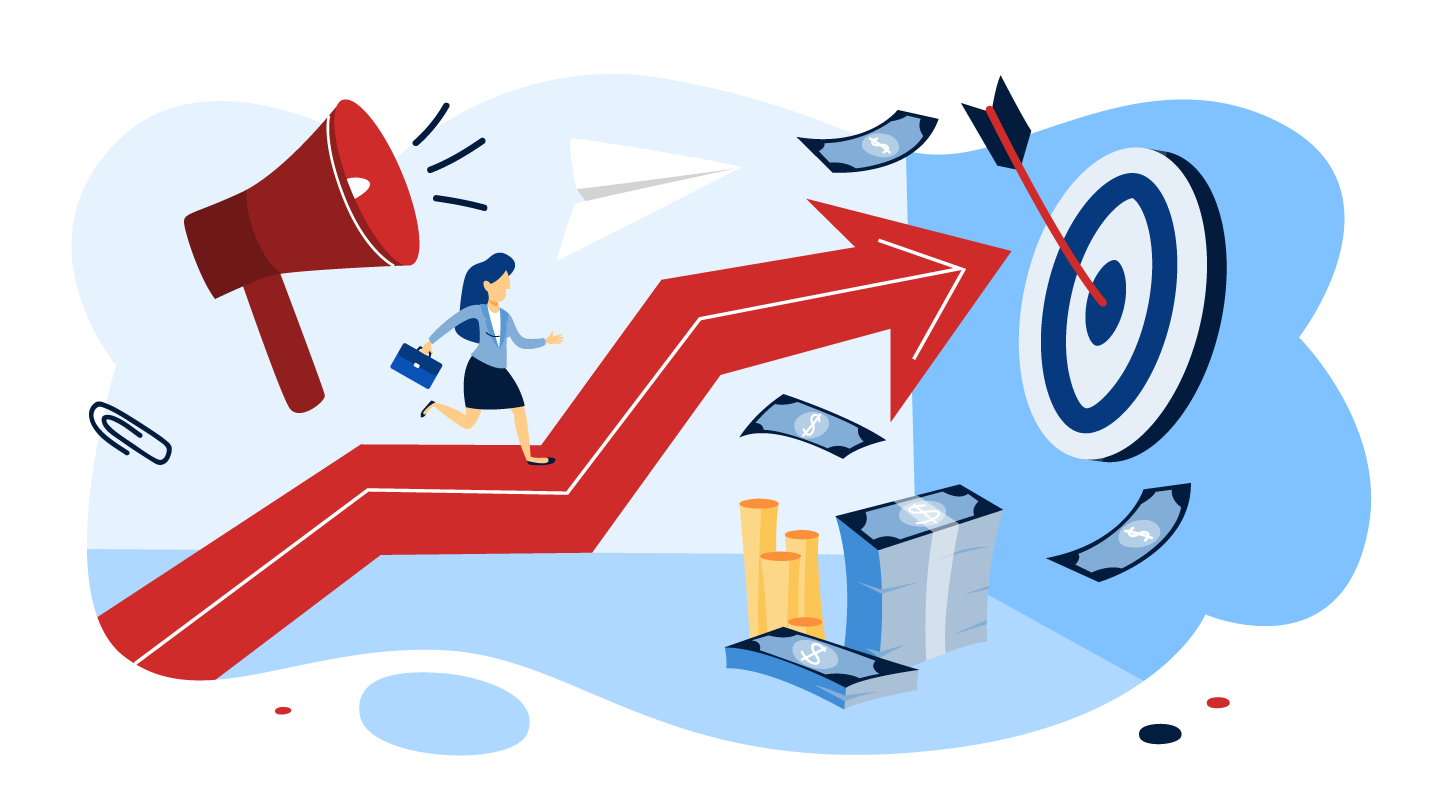How Leading Companies Are Scaling AI for Maximum Impact
Introduction: The AI Adoption Imperative
AI adoption is moving at unprecedented speed - reaching 39% of U.S. adults in just two years compared to the internet's 20% in the same timeframe. Early adopters are seeing remarkable results: 1.5x faster revenue growth, 1.6x higher shareholder returns, and 1.4x better return on invested capital. Yet only 1% of companies believe their AI investments have reached full maturity.
This guide distills insights from 300 successful implementations, 4,000 adoption surveys, and 2 million business users to help your organization identify and scale high-impact AI use cases.
The Three-Step Framework for AI Success
1. Identify Where AI Adds Immediate Value
Focus on three key opportunity areas:
Pro Tip: Have teams create an "Anti To-Do List" of tasks they'd rather delegate to AI.
2. Master the Six AI "Primitives"
Through analyzing 600+ use cases, we've identified six fundamental AI applications:
1. Content Creation: Drafting documents, marketing copy, translations 2. Research: Competitive analysis, market sizing, trend spotting 3. Coding: Debugging, prototyping, script automation 4. Data Analysis: Identifying trends, harmonizing datasets 5. Ideation & Strategy: Brainstorming, planning, feedback 6. Automation: Routine reporting, updates, workflows
Example: Poshmark uses AI to reconcile millions of spreadsheet rows, saving hours weekly.
3. Prioritize with the Impact/Effort Framework
Evaluate potential use cases across two dimensions:
Case Study: Tinder created a GPT to democratize CLI access across product teams.
Key Takeaways for Successful AI Adoption
1. Start Small, Think Big: Begin with quick wins to build momentum before tackling transformational projects.
2. Embed in Workflows: Move beyond one-off tasks to reimagine entire processes (e.g., marketing campaign development from research to execution).
3. Cultivate an AI Mindset: Encourage experimentation through hackathons and peer learning sessions.
Getting Started Today
1. Run a workshop to identify pain points and potential use cases 2. Educate teams on the six primitives with department-specific examples 3. Implement the Impact/Effort Framework to prioritize projects
As Moderna CEO Stéphane Bancel notes: "We're looking at every business process... thinking about how to redesign them with AI."
The companies seeing the greatest AI success aren't just using the technology - they're fundamentally rethinking how work gets done. By following this framework, your organization can transition from experimental AI use to transformational impact.



